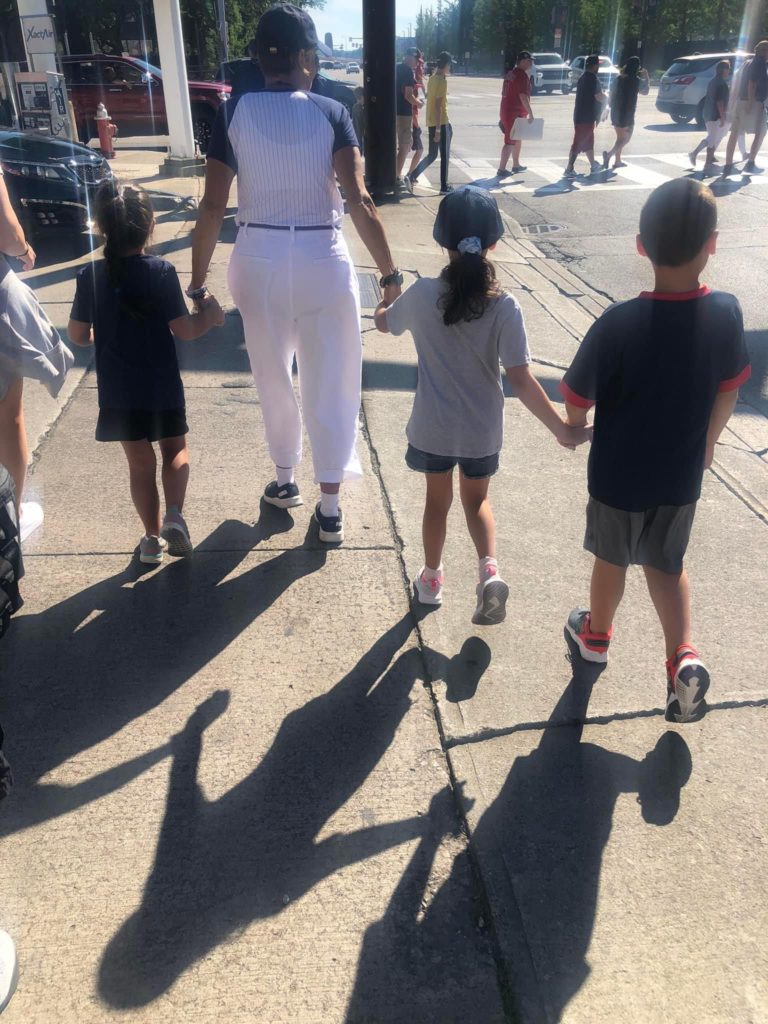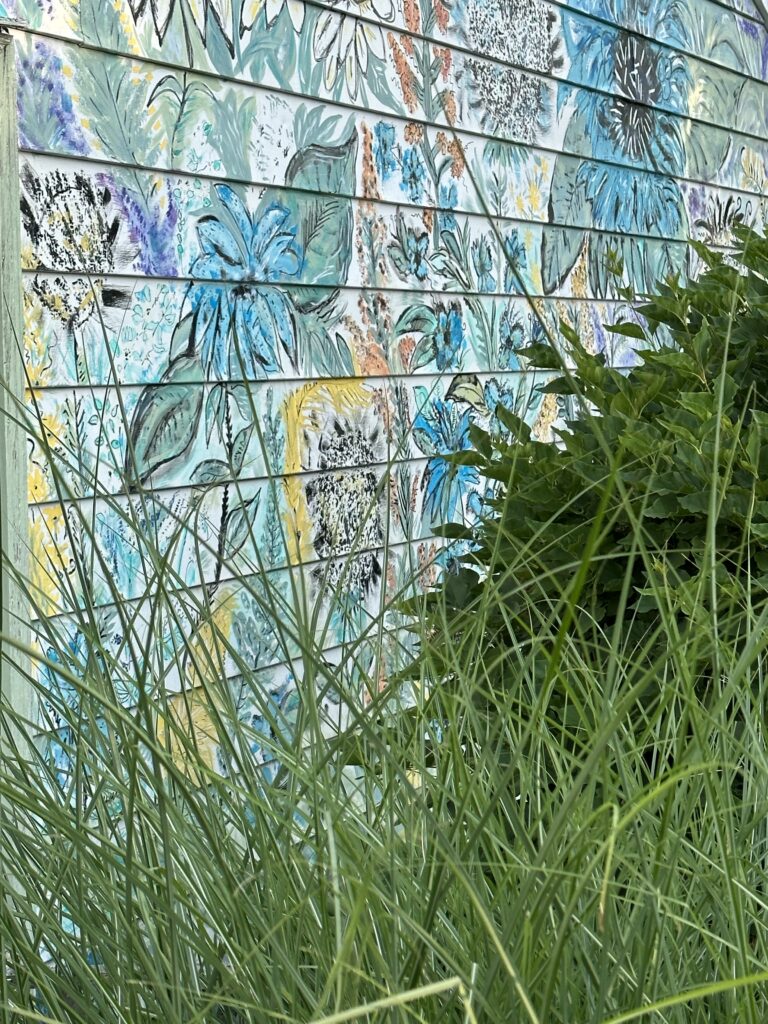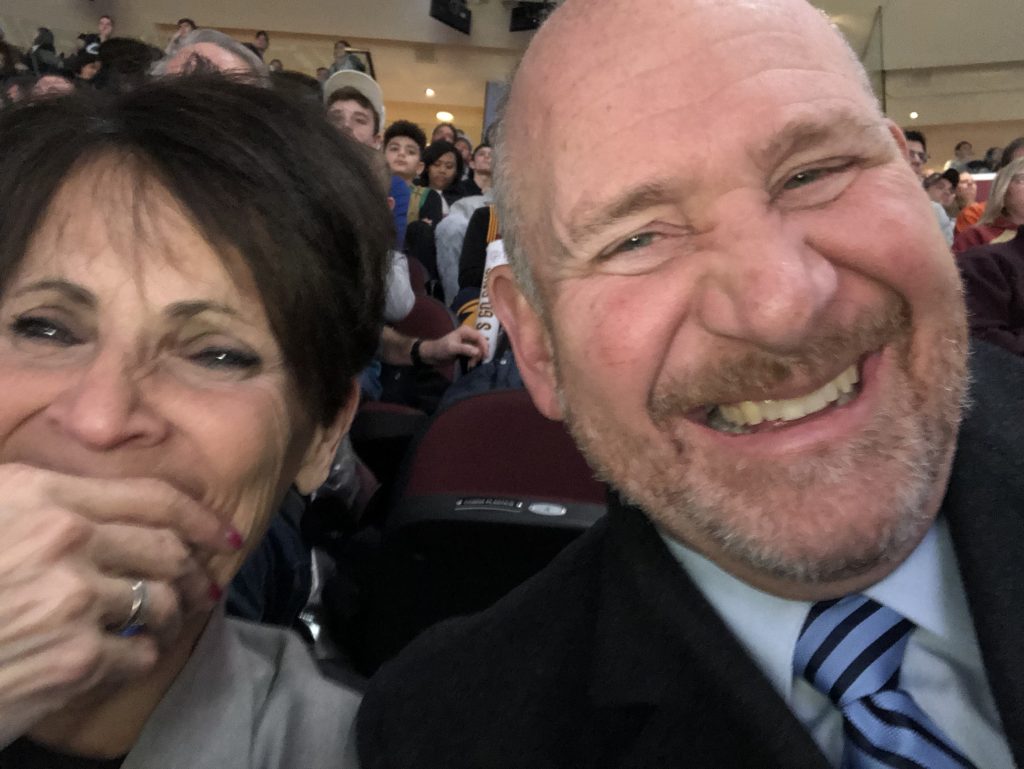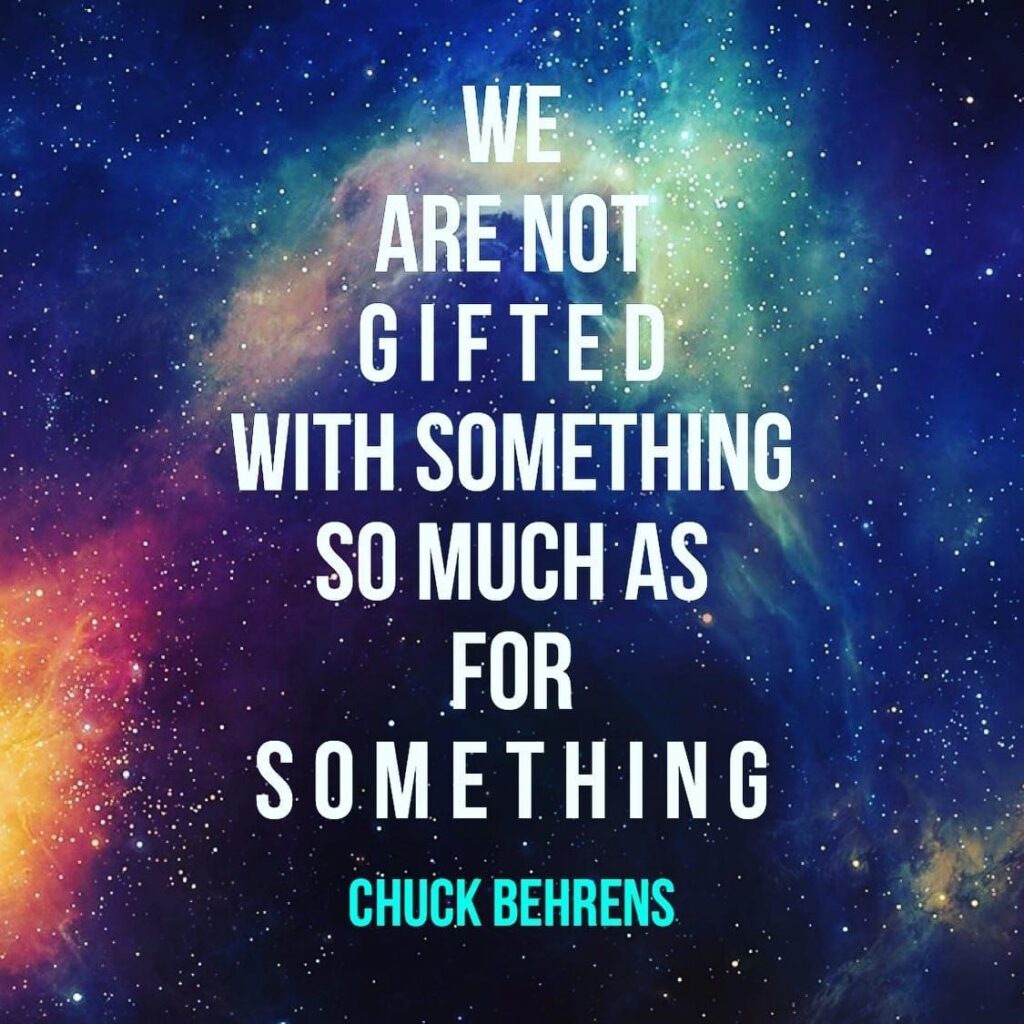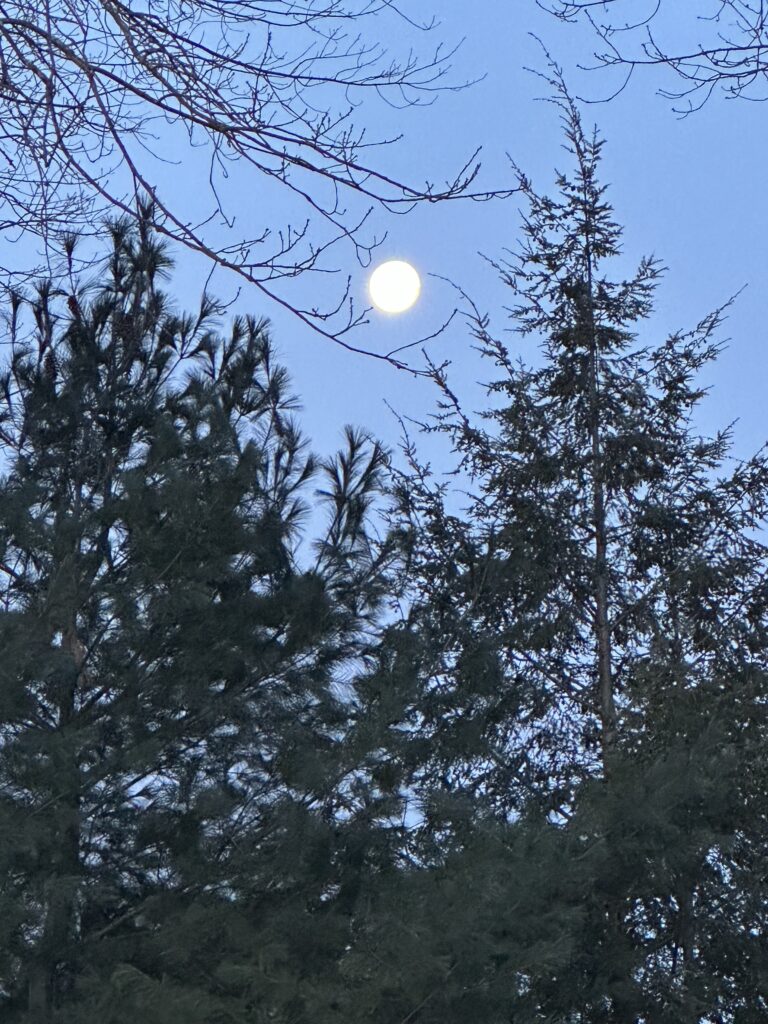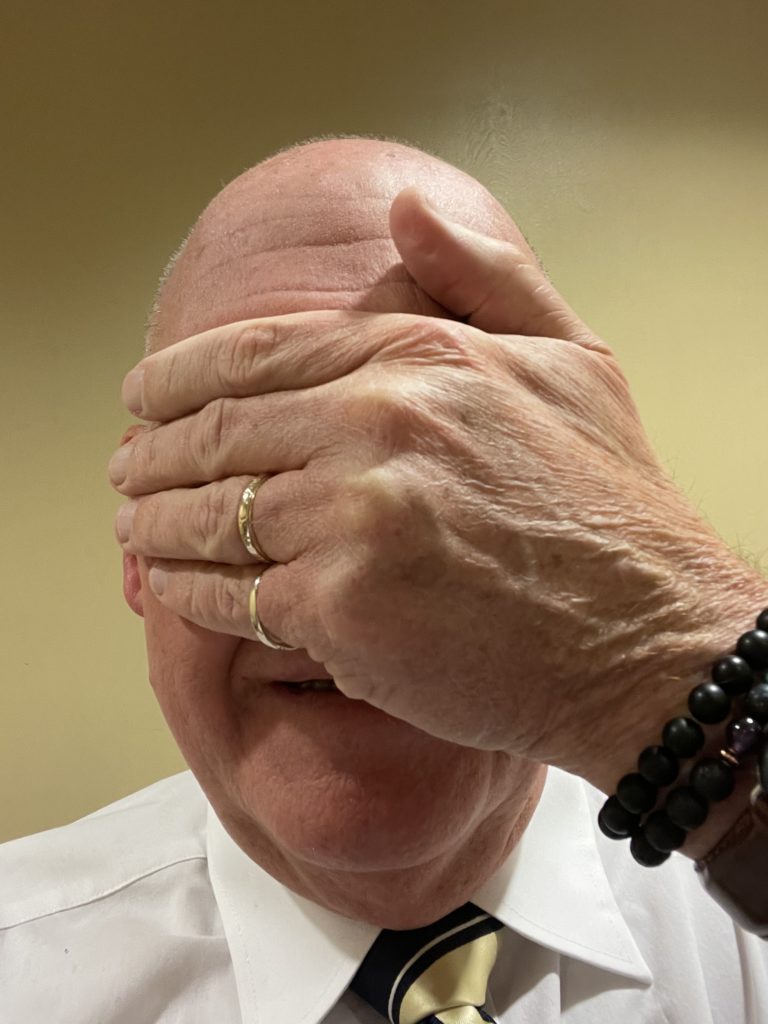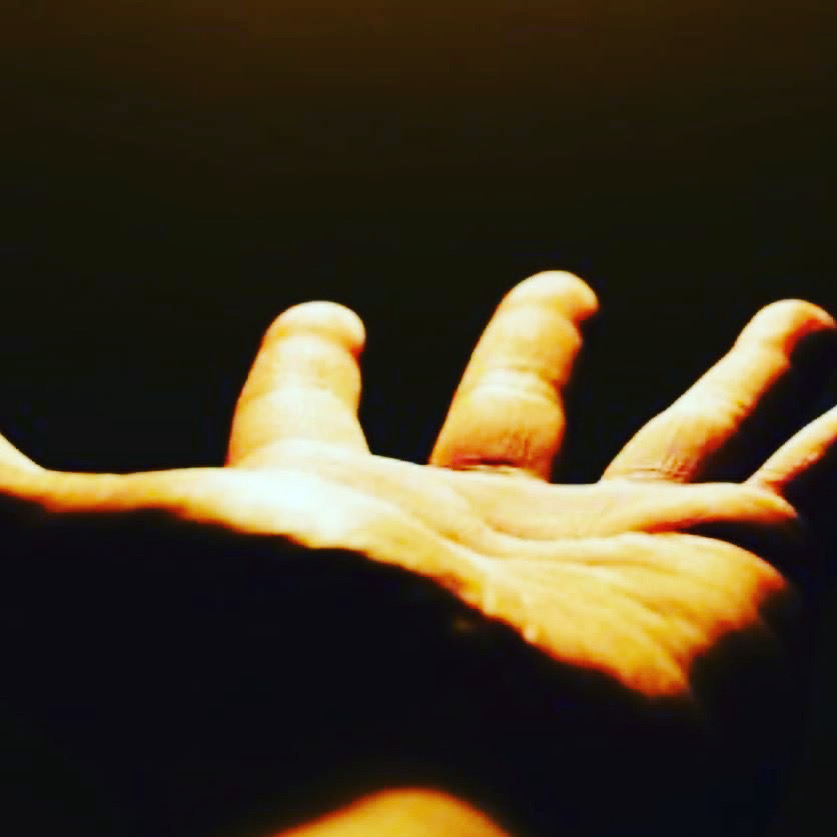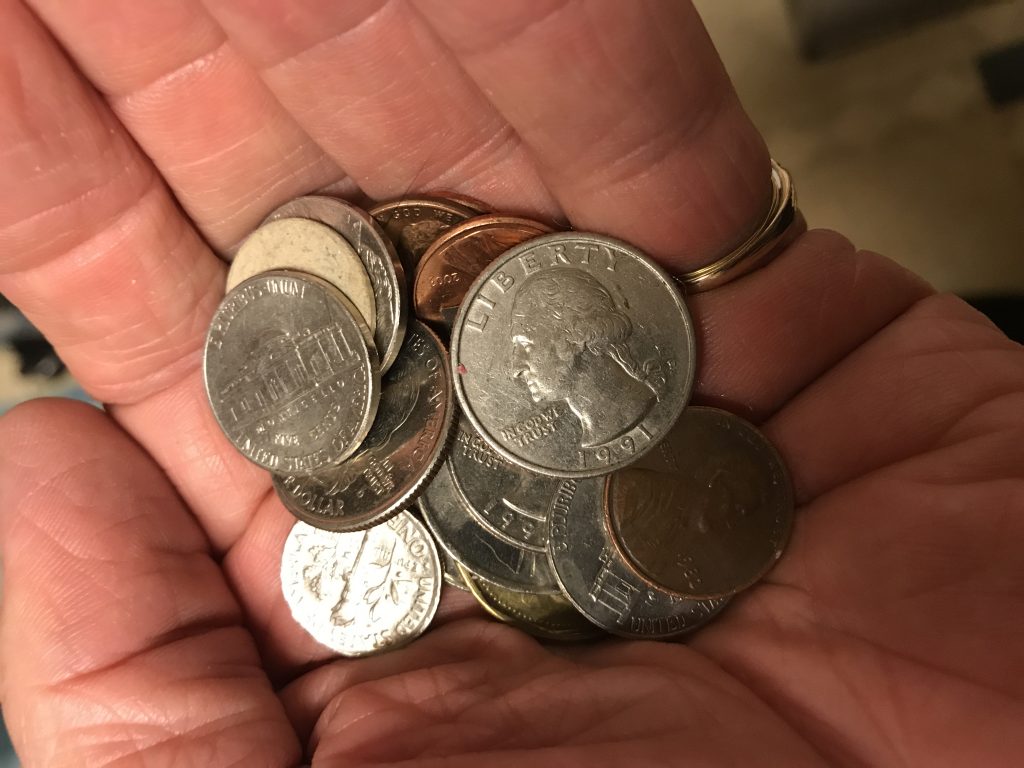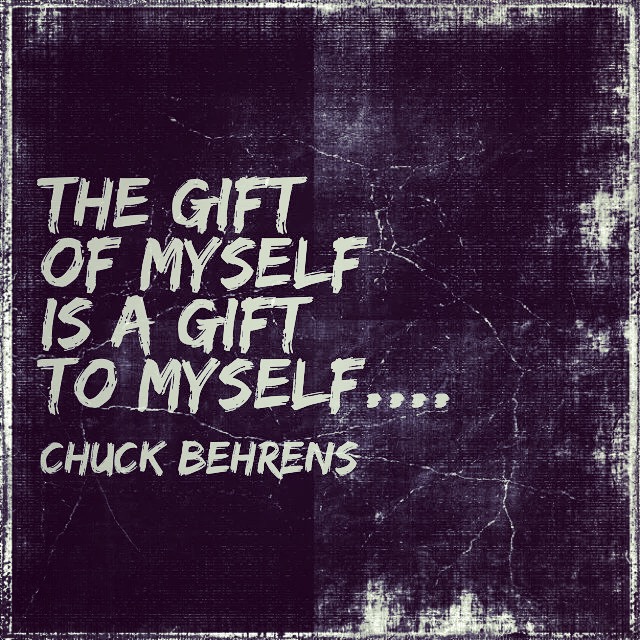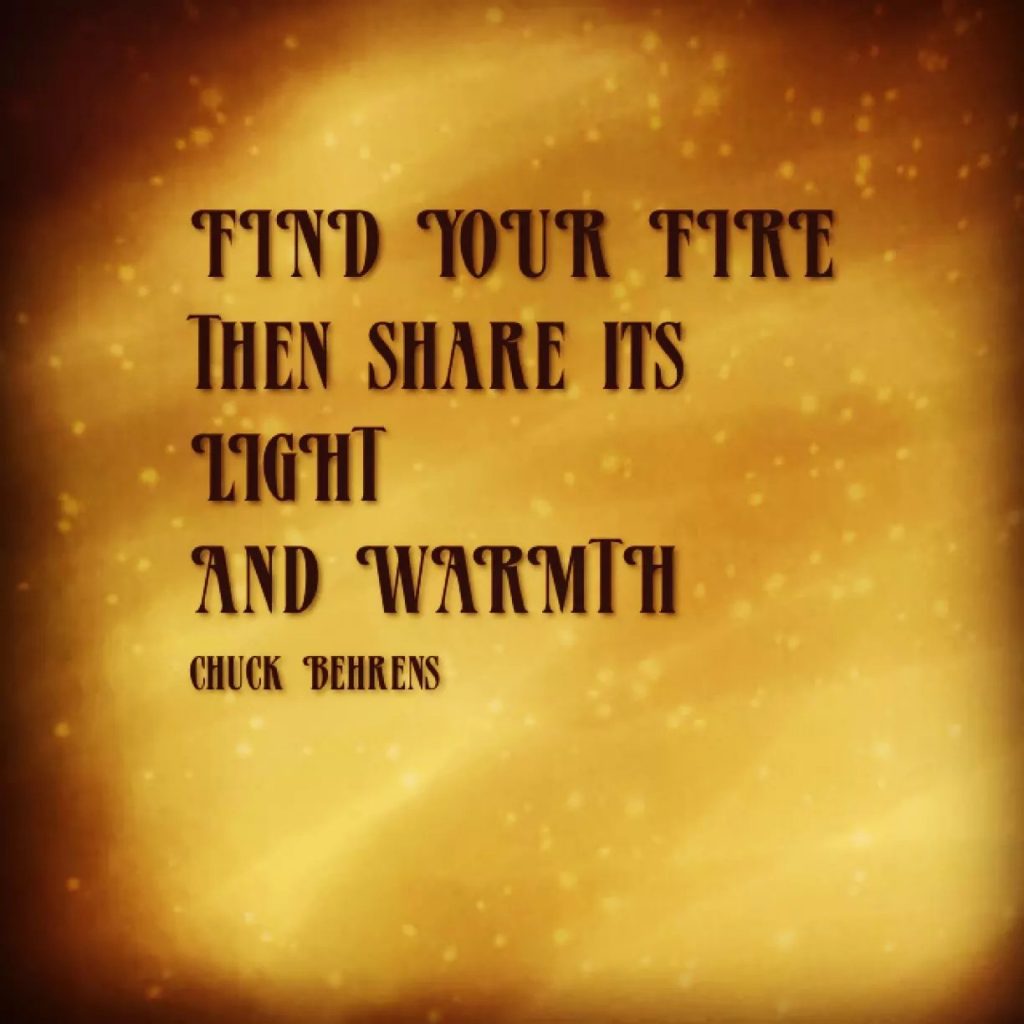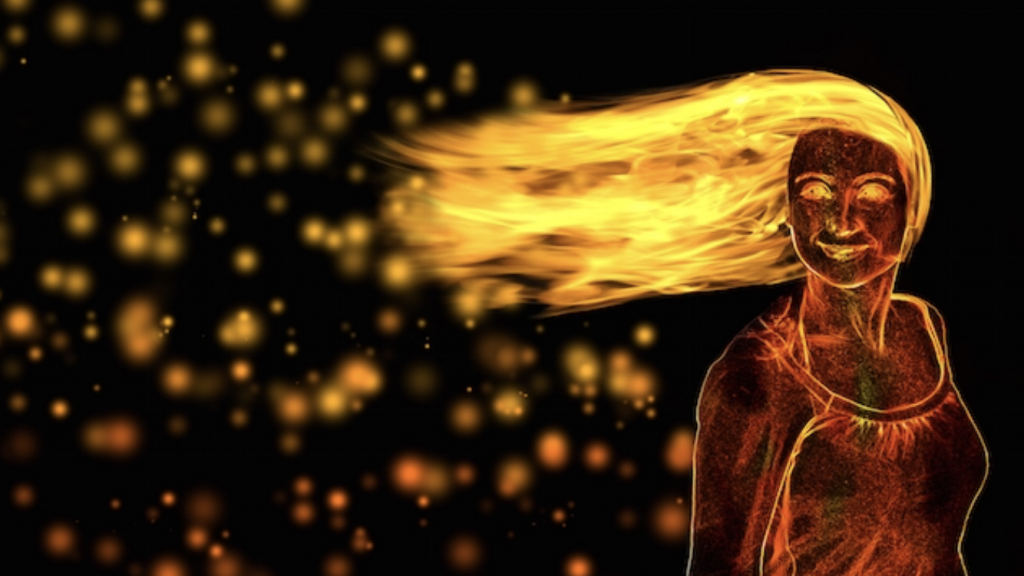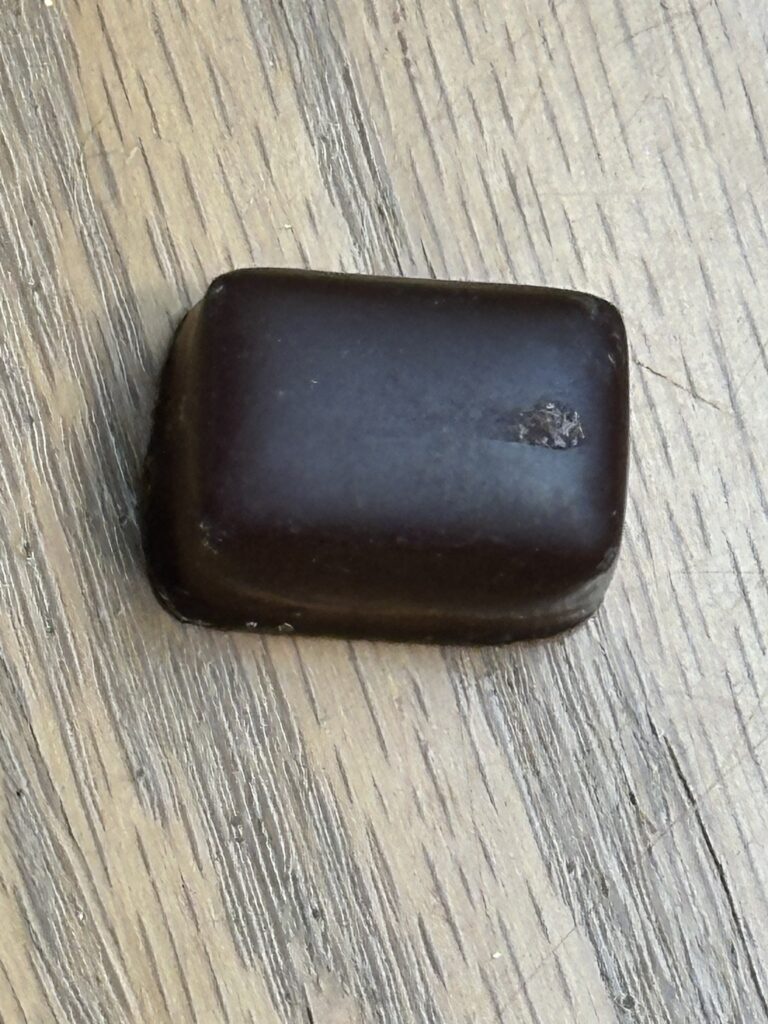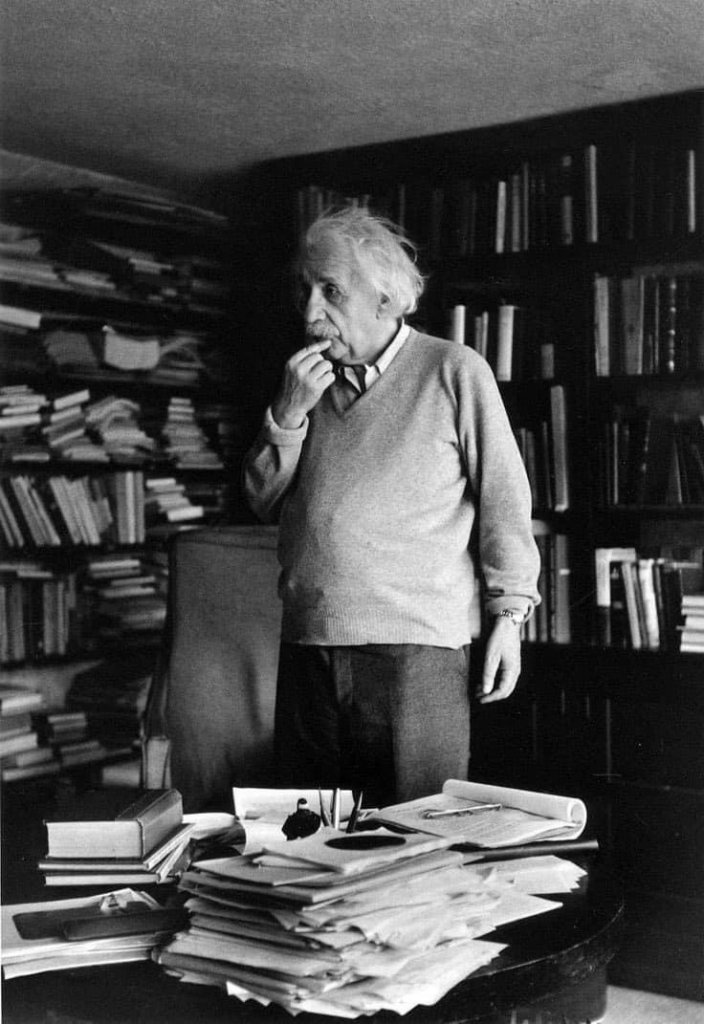 |
[UNTITLED] Yasuhara Teishitsu Translated from the Japanese by R. H Blyth Ice and water, Their difference resolved, Are friends again. (My thanks to Yasuhara Teishitsu and the translator.
Unfortunately I can't remember the source of the poem.)In Northeast Ohio we can often have four seasons in one day
and worse, we can experience all four seasons inside us, too. . .
It's up to each of us to bring Sun Shine to each day
. . .but will we. . . ?
Now that would be a great (never-ending Season)WINTERINGS
We need no crumpled calendar pages to announce the comings and goings of the Seasons No synchronized Apps through an un-weathered Cloud to Announce our Events Our seemingly important moments or lacksadaisical 'To-Do's' No. . .it all settles down wobblingly to our eventual Winterings with one guaranteed Promise: 'There is no Winter that's never not been Obliterated by the Spring' . . .Especially when it feels like our Final One
